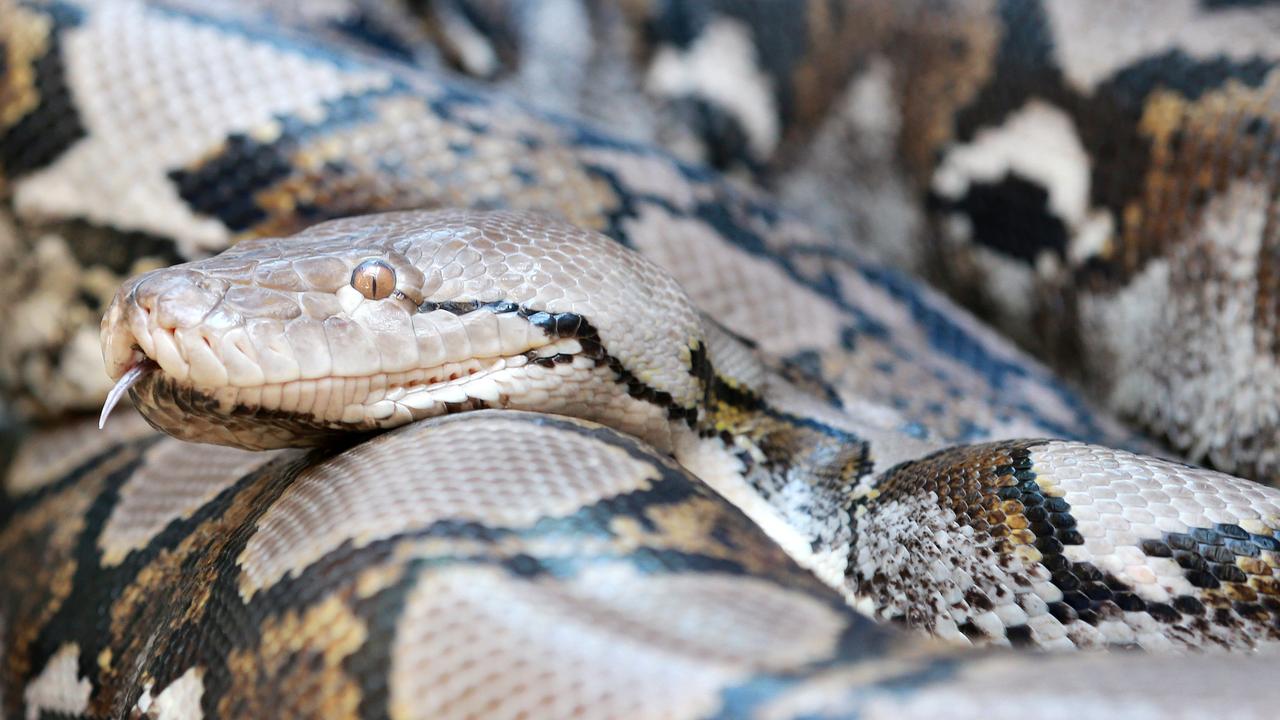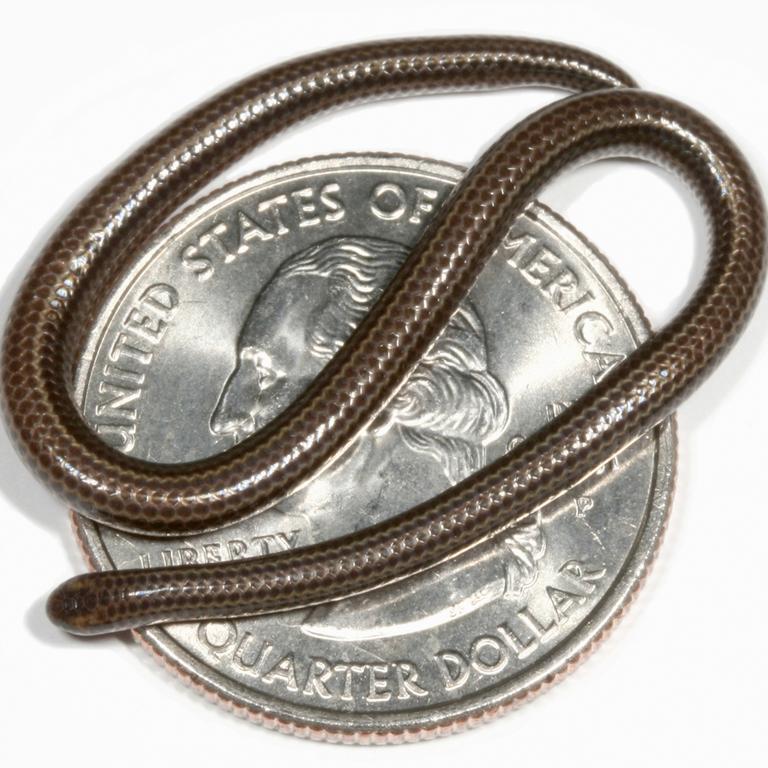Dinosaur demise was good news for snakes
The asteroid that slammed into Earth 66 million years ago was bad news for dinosaurs, but not for snakes that dined out on the mammals and birds that thrived after the removal of dino predators

READING LEVEL: GREEN
The dinosaur extinction was good news for snakes, with the population exploding in diversity* after they died out, new research shows.
It’s well known that the demise* of the dinosaurs 66 million years ago triggered major diversification* in mammal and bird species.
And now US researchers have found that snakes also experienced a similar rapid increase in species after the dinosaurs became extinct.
Mammals and birds were able to thrive without dinosaur competitors and predators and the researchers say these flourishing* new species quickly became food for snakes that previously only ate insects.
This evolutionary* chain reaction* resulted in the almost 4000 species of snakes that we see today.

The study by University of Michigan and University of California researchers looked at the diets of almost 900 modern snake species.
“We found a major burst of snake dietary diversification after the dinosaur extinction,” said study lead author Michael Grundler.
“Species were evolving quickly and rapidly acquiring* the ability to eat new types of prey.”
Study co-author Daniel Rabosky said snakes were found to be good at adapting their diets to include new types of prey, including when they started to arrive in new places as they spread around the world.
“What this suggests is that snakes are taking advantage of opportunities in ecosystems,” Associate Professor Rabosky said.
“Sometimes those opportunities are created by extinctions and sometimes they are caused by an ancient snake dispersing* to a new land mass.”
The study, which was published in journal PLOS Biology, found the ability of snakes to change their diets was a key in the development of new species that were able live in different habitats.

Modern snakes are impressively diverse*, with more than 3700 species worldwide. They eat a large variety of diets, from tiny snakes that feed only on invertebrates*, such as ants and earthworms, to giant snakes like pythons that can eat mammals as big as antelope.
GLOSSARY
- diversity: variety, different types
- demise: death, end of something
- diversification: the act of becoming diverse, varied
- flourishing: developing rapidly and successfully
- evolutionary: to do with the process of gradual change and development
- chain reaction: a series of events, each caused by the previous one
- acquiring: getting or learning
- dispersing: spreading out over a large area
- diverse: varied, different from each other
- invertebrates: animals that don’t have a backbone
EXTRA READING
Aussie python celebrates World Snake Day
Scientists find new venomous snake species
QUICK QUIZ
- Why did mammals and birds flourish after the extinction of dinosaurs?
- How did this cause the rapid increase in snake species?
- What did snakes eat before dinosaurs became extinct?
- Which two universities were involved in this study?
- How many species of snakes do we have in the world today?
LISTEN TO THIS STORY
CLASSROOM ACTIVITIES
1. Diverse Diets
Find out more about the diversity of snake diets based on their habitat by completing the following task. Identify one snake species that can be found around the area where you live. Identify a second snake species that is found in an area that is unlike where you live. Research each snake to find out what they eat. Record their diets on a Venn diagram to show the commonalities and differences in their diets.
Time: allow 30 minutes to complete this activity
Curriculum Links: English; Science
2. Extension
Add to the activity above by identifying a third snake species from a different type of habitat to your initial two species. Create a new Venn diagram to include all three snakes.
Time: allow 20 minutes to complete this activity
Curriculum Links: English; Science
VCOP ACTIVITY
Wow Word Recycle
There are plenty of wow words (ambitious pieces of vocabulary) being used in the article. Some are in the glossary, but there might be extra ones from the article that you think are exceptional as well.
Identify all the words in the article that you think are not common words, and particularly good choices for the writer to have chosen.
Select three words you have highlighted to recycle into your own sentences.
If any of the words you identified are not in the glossary, write up your own glossary for them.

